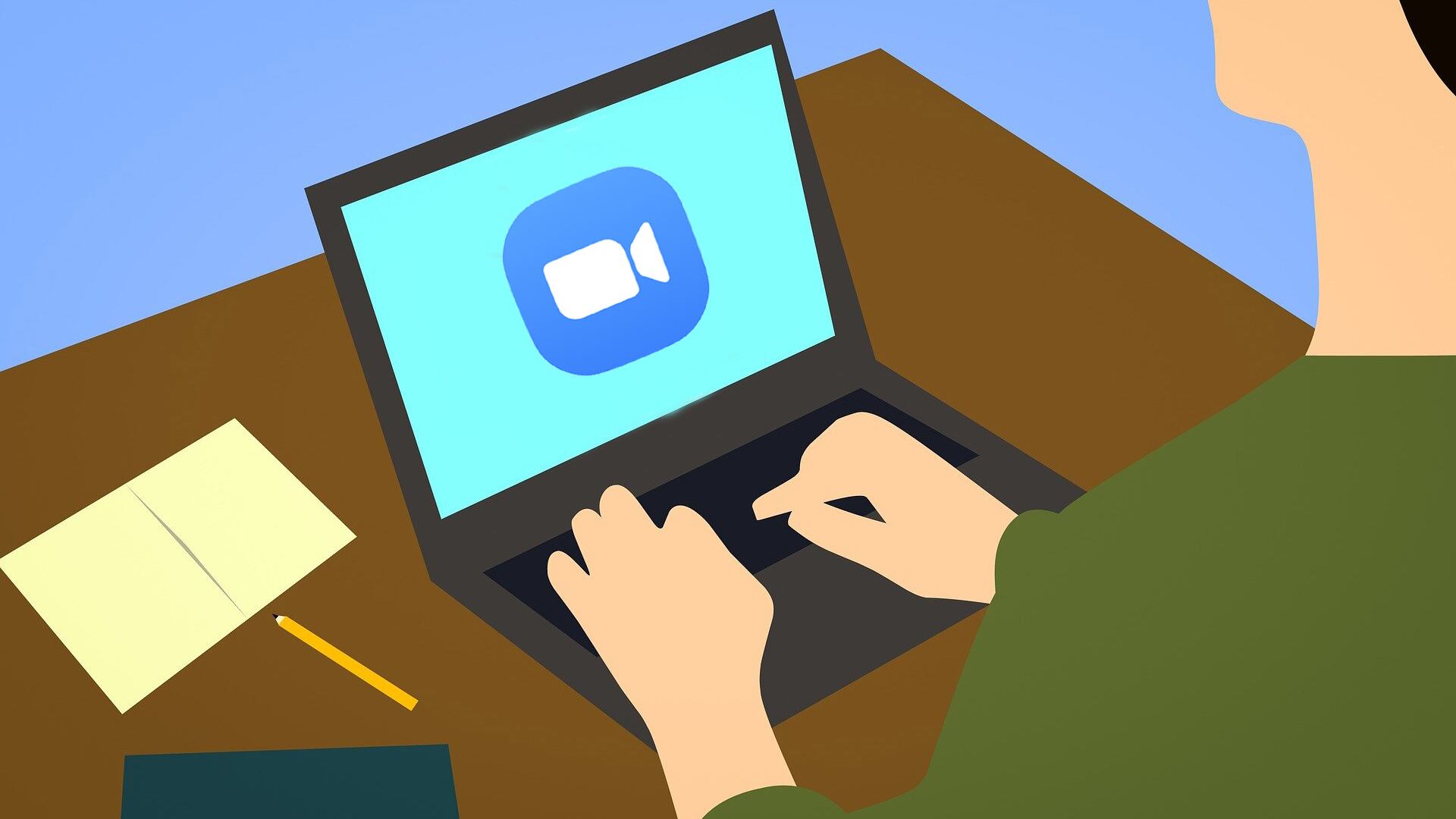When students were welcomed back to campus in the Fall of 2021 after the COVID-19 pandemic had forced them to go online, USC had precautions in place. Along with required masking and daily “Trojan Check” symptom verification, some professors continued to allow students to attend class via Zoom when they were sick.
Two years later, campus is noticeably different. The hybrid option is now less common in USC classrooms and in-class attendance is often mandatory. As online lectures become a distant memory, sick students may be forced to choose: skip class and miss lectures entirely or show up contagious — sniffles and all.
“I have classes that require attendance and when I’m sick I feel obligated to go just because professors don’t excuse [the absence] or offer a Zoom option,” said Yasha Haque, a senior studying mechanical engineering.
Dr. Sarah Van Orman, USC’s Chief Campus Health Officer, said students should follow the university’s isolation protocols if they test positive for COVID-19. Individuals who test positive should isolate for five days starting the day after their positive diagnosis. For the next six to 10 days, they must wear a mask. If the individual has no symptoms and has been fever-free for 24 hours, they may leave isolation before the five-day mark.
Five days of isolation could mean missing an entire week of classes. Some students lean on their classmates when absent, like freshman Andrew Giesler who is studying pre-med biological science. “I have friends in classes that I can get notes from so that helps,” he said, “but there’s not too much [help] other than that.”
Both Haque and Giesler say they only have one class offered on Zoom. Haque said she feels uneasy when the person next to her is visibly sick or coughing in class.
“It makes me uncomfortable,” said Haque. “It’s probably the reason that I get sick. It’s just sad because we all have to go for those [attendance] points and there’s not really a way to make it up all the time.”
Others don’t see sick students in class as much of an issue. Giesler said as long as students with symptoms wear a mask, he feels okay about them coming to lectures.
Dr. Van Orman said wearing a mask is “quite effective” at preventing the spread of respiratory illnesses.
To avoid the issue, Haque suggested professors bring back the hybrid option for all classes so sick students can stay home, though some professors argue online classes have critical drawbacks.
“Students who don’t come to class and just kind of watch the class [on Zoom] just don’t do very well,” said international relations professor Douglas Becker. “I have a pedagogical commitment to ensure that my students succeed.”
Becker is not completely against online lectures and will record them on occasion if there’s a strong enough case to do so. Examples of this include the recent Yom Kippur holiday or multiple COVID cases in his classroom — instances where a large portion of students will be absent.
However, he prefers to post slides and reflection questions for students to catch up on what they missed. Becker said he is committed to making time to meet with students face-to-face to discuss the material.
Becker said these more “traditional” styles of teaching can be more effective than a Zoom recording, which he said is a falsely labeled catchall for teaching. For Becker, it can be difficult to engage with students on Zoom.
He said Zoom lectures underpin the idea that students should sit and listen to teachers instead of participating in discussions. “[Zoom] reinforces an incredibly authoritarian notion of education where [a student’s] job is to pay money, scrape from me all the information you can and give it back to me on an exam,” he said. “Education needs to be collaborative.”
Not all professors see the same limitations with Zoom classes. Writing professor Daniel Dissinger sees a hybrid classroom as a no-brainer and, if anything, the equitable thing to do.
“Why not?” said Dissinger when asked why he provides Zoom classes for his students. “I know that it’s not just the pandemic … there’s so many things that students experience in terms of physical health, mental health, emotional health. Coming to class can be a problem, though they want to participate.”
Dissinger acknowledged that offering his class on Zoom may mean fewer students show up for the traditional lecture, even if they aren’t sick, but this doesn’t deter him. “[Students] have paid for their education and I want to serve them as best as possible and I want to be on their side,” he said.
Dissinger echoed a similar sentiment to Becker’s; both professors said they feel committed to providing a great education for their students, just using different tools.
